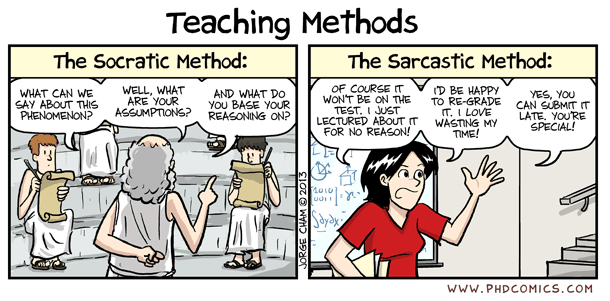
In every tutoring session, there’s a moment when a student suddenly realises the problem wasn’t the subject – it was the strategy. They weren’t “bad at maths” or “not a science person.” They just hadn’t been taught how to learn effectively. And that’s the gap tutoring quietly fills: it builds the meta-skills schools rarely have time to develop.
Most students approach study like a marathon of memorisation. They reread notes, highlight everything in neon, and hope repetition equals understanding. But high-performance learning is a completely different game. It’s about retrieval, not review; structure, not stress; clarity, not cramming.
A good tutor trains students to reverse engineer every subject. Instead of starting with content, we start with the question style. What patterns do examiners use? Where are the predictable traps? What does a full-mark explanation actually look like? Once a student understands the “exam grammar,” even complex topics become manageable.
The second shift is teaching students to break out of passive study. Retrieval practice, micro-quizzing, spaced repetition, and verbal explanation all activate the brain in ways rereading never will. A student who can teach a concept back in their own words has already won half the battle.
But perhaps the most transformative part of tutoring is confidence. Not the empty, motivational-poster kind—real confidence built on mastery. When a student realises they can solve something that once felt impossible, it rewires their entire mindset. They start taking intellectual risks. They become curious again. They stop fearing mistakes.
Tutoring isn’t just about higher marks; it’s about creating independent learners. The goal is simple: to make the tutor unnecessary. Because once a student understands how to accelerate their own learning, they don’t just succeed in school – they succeed everywhere.
In a world obsessed with outcomes, tutoring reminds us that the real power lies in process. Teach a student content, and they’ll pass a test. Teach a student how to learn, and they’ll thrive for life.
Oliver Fletcher










